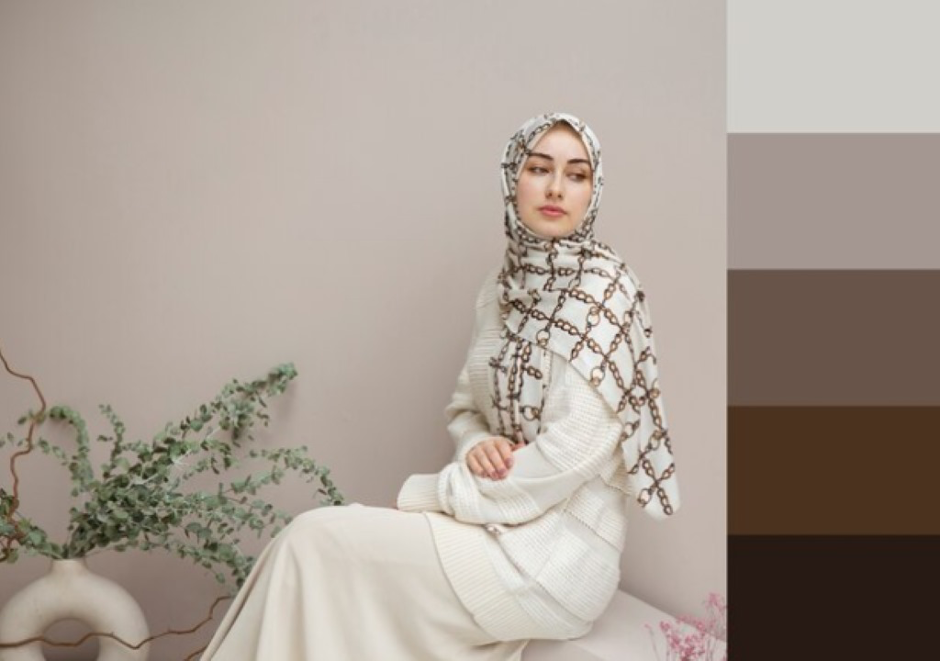The abaya is a customary piece of clothing with deep cultural and religious roots. It has risen above its origins to become a global fashion statement. As women embrace this symbol of modesty, the need to adjust abaya design to different climates has become significant. From the scorching heat of the desert to the cold breezes of temperate regions, the versatility of the abaya is key to ensuring both style and comfort.
In this article, we explore the ways in which abaya fashion adapts to diverse climates, flawlessly consolidating tradition with the practical demands of fluctuating weather patterns.
Lightweight Fabrics for Warm Climates
In regions with hot and arid climates, for example, the Middle East, it is vital to choose the right fabric. Lightweight materials like cotton, chiffon, or breathable blends are leaned toward for their ability to keep the wearer cool.
These fabrics take into consideration better air circulation and provide comfort during burning temperatures. Understanding all such aspects, designers of abaya stores like Podur often incorporate loose-fitting silhouettes into their collections.
Innovative Designs for Tropical Environments
Tropical climates bring high humidity and occasional heavy rainfall. In response to these conditions, abaya designers have introduced innovative designs that cater to both style and functionality.
Water-resistant fabrics and quick-drying materials are now common features, allowing women to navigate tropical climates without settling for less on unobtrusiveness or style.
Layered and Insulated Abayas for Cold Climates
In colder regions, where winter temperatures prevail, abaya fashion takes a different turn. Designers consolidate heavier textures, for example, wool or layered materials to provide warmth.
Long, insulated abayas with extra inner linings become essential, ensuring that women can maintain their modesty while staying easily warm in crisp climate. These designs often include elegant embellishments or fur trims to add a touch of luxury to winter wear to winter wear.
Breathable Fabrics for Humid Environments
Humidity poses a unique challenge, especially in regions with a combination of high temperatures and moisture-laden air. Abayas crafted from breathable fabrics like linen or lightweight blends assist with combatting the stickiness associated with humid climates.
Loose, flowing designs enhance comfort by allowing air to circulate, preventing the discomfort often associated with sticky, humid weather.
Adapting Sleeve Lengths for All Seasons
The length and style of sleeves assume a critical part in adapting to different climates. In hotter climate, more limited or three-quarter sleeves offer a cooler choice, while in colder environments, longer sleeves give important warmth.
Some designs even incorporate detachable or adjustable sleeves, allowing women to customize their abayas based on the season or occasion.
Versatile Color Palettes
The color palette also adapts to different climates. Lighter hues such as pastels or whites are favored in hotter climates for their reflective properties, helping to deflect the sun’s rays.
In colder regions, deeper tones like burgundy, navy, or charcoal are popular, providing a sense of warmth and elegance. Designers often experiment with seasonal color trends, offering a diverse range to suit varying climates.
Conclusion
As the abaya keeps on rising above borders, its adaptation to different climates reflects a harmonious blend of tradition, modesty, and practicality. From the sun-splashed deserts to the chilly scenes, abaya fashion has evolved to accommodate the diverse needs of women around the world. Designers, drawing inspiration from both cultural heritage and contemporary trends ensure that the abaya remains a versatile and comfortable garment, irrespective of the climate.



